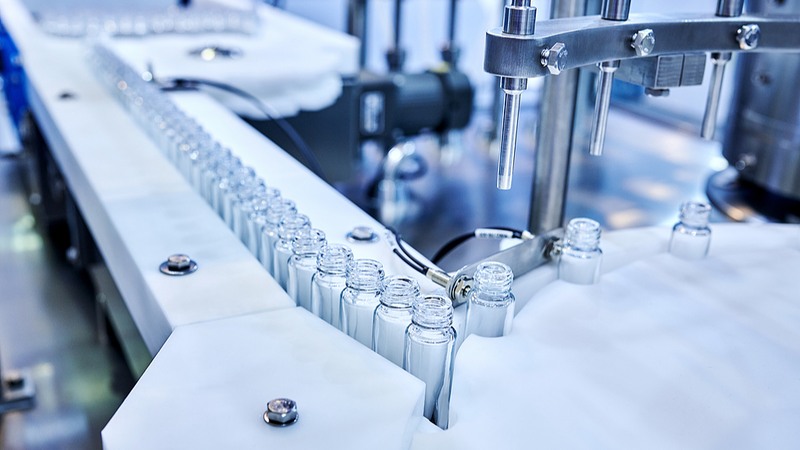China's Shenzhou-19 crew touched down in western Inner Mongolia after a six-month journey aboard the Chinese space station, bringing home 37.25 kilograms of precious cargo: 25 cutting-edge experiments spanning life science, materials engineering and more.
At a late-night ceremony at the Chinese Academy of Sciences' Technology and Engineering Center for Space Utilization in Beijing, scientists eagerly accepted the samples, which include 20 biological specimens: bone cells, human bronchial epithelial cells, early-stage embryos, protein extracts and even fruit flies, making this flight the biggest haul of space biology since the station began operations in late 2022.
Fruit flies may seem tiny, but these insects share genes linked to human diseases and have fueled six Nobel Prizes. The Shenzhou-19 flies are third-generation descendants of those sent up on Tianzhou-8 last November to study reproduction and behavior in low-gravity, low-magnetic-field conditions similar to the Moon or Mars.
'In microgravity, fruit flies drift or collide and show shifts in courtship and feeding instincts,' explains Li Yan of the Institute of Biophysics, CAS. 'By mining this data, we aim to pinpoint the genetic and neural tweaks triggered by space environments-insights vital for future missions to the Moon, Mars or beyond.'
Alongside the biological trove, Shenzhou-19 delivered 22 other samples, from high-strength steel alloys to lunar soil reinforcement materials, now bound for labs across Beijing. Together, these experiments lay the groundwork for the next wave of space research, where the answers could help humans live and thrive beyond Earth.
Reference(s):
Samples from Shenzhou-19 space experiments handed over to scientists
cgtn.com


